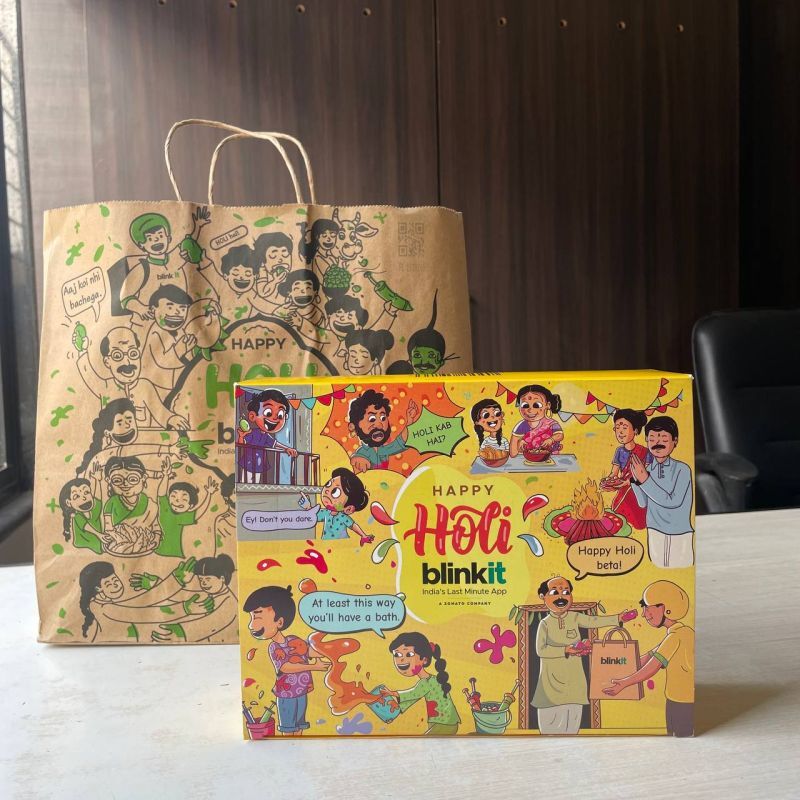Forget the old playbook. Your campaign isn't a promotional gimmick anymore. It's a cultural spark. The success of your campaign goes beyond the familiar sound of the cash register. It is measured by the lively buzz around us, the clear sense of relevance, the strong pull of emotional memories, and the real impact on our community.
The Barbie wave that swept us off our feet in July 2023 painted the entire world pink, reigniting nostalgia and sparking global conversations about identity. The reason we wait for December to see our very own Spotify Wrapped is because it turns cold data into intensely personal, shareable emotional narratives that dominate social feeds every December.
So, how does a campaign stand out from the crowd and create a real impact? How does it go beyond temporary impressions to become something people talk about, feel, share, and remember? How does a campaign achieve success in this challenging environment? That's exactly what we'll be covering in this article.
Emotion > Product → Emotional, personalized campaigns win hearts. 75% of consumers prefer emotional brand experiences. Right Platform = Maximum Impact → Tailor content to fit each platform’s behavior. 50% of Instagram users discover brands via Stories. User-Generated Content Drives Reach → Make your audience your marketers. Spotify Wrapped: 60M+ organic shares yearly. AI + Personalization = Scalable Storytelling → Tech meets emotion for deeper brand connection. Cadbury x SRK AI: 12M+ shares, 35% sales boost. Speed Matters → Be fast, not just polished — ride cultural waves. Zomato & Amul: Timely memes = 85%+ engagement, 99% recall. Be Culturally Sensitive → Even bold ideas flop without context. Pepsi x Kendall Jenner & Burger King tweet = PR disasters. |
What exactly is a campaign today? Why do they succeed or fail?
We've come a long way from billboards to User Generated Content, and that's just tip of the iceberg.
- Meme-driven, user-generated content (UGC) that spreads organically.1. Story
At the center of every great campaign is a story that resonates. Take Zomato’s “Humans of Zomato” for example — a campaign that stepped away from product-pushing and instead spotlighted the real lives of their delivery partners. These stories showcased their struggles, aspirations, and humanity, making audiences not just see a brand, but feel for the people behind it. This emotional narrative helped Zomato build trust and relatability in a crowded market.
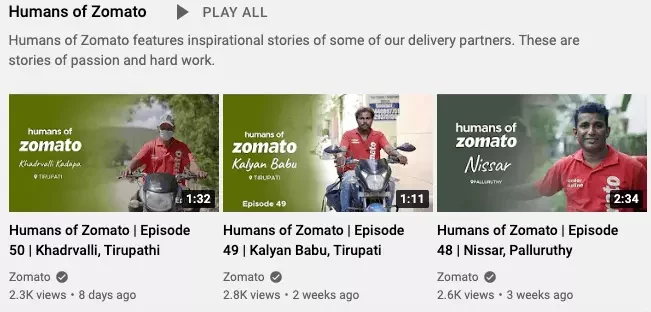
2. Platform
A powerful story needs the right stage. Today’s campaigns unfold across multiple platforms from social media to apps to AI-driven notifications. Consider this: 50% of Instagram users discover new brands via Instagram Stories alone. Smart brands are creating content tailored to each platform, ensuring their message travels where their audience already is be it through reels, swipe-ups, or influencer collabs.
3. Emotion
Campaigns that feel personal win hearts. Statistics reveal that 75% of consumers prefer brands that offer emotional, personalized experiences. It’s no longer about what you sell, but how you make people feel. Whether it’s Spotify Wrapped reminding users of their unique listening journey or personalized push notifications that speak to someone’s routine, brands that connect on an emotional level are the ones remembered.
4. Experience
Finally, great campaigns are not just seen, they’re felt and lived. Blinkit’s “Delight Campaigns” nailed this by offering surprise free samples to users, transforming an ordinary delivery into a delightful moment. These thoughtful touches often prompted people to share their experiences online organically. It's marketing that feels like a gift, not a push.
Types of modern campaigns that break through
Here’s how today’s campaign creators are turning consumers into fans and fans into storytellers.
1. Product-centric launch campaigns
They are hype machines that create urgency, and drive demand from day one. Think of them as launchpads that ignite curiosity, spark FOMO, and turn products into must-haves before they even hit the shelf. Goal of Product-Centric Launch Campaigns; Brand awareness and drive instant consideration, especially for new, seasonal, or reinvented products.
2. Cultural hijack campaigns
These type of campaigns are pro in catching the perfect wave. It focuses on acting when the internet is hot. These campaigns do not follow culture; they jump into the conversation, take advantage of the momentum, and become part of the viral trend before it fades away. The goal of Cultural Hijack Campaigns is to position the brand as culturally aware, fun, and in-the-moment, like a friend who is always in on the joke.
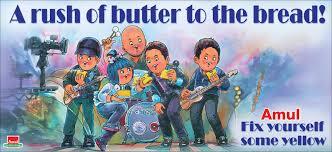
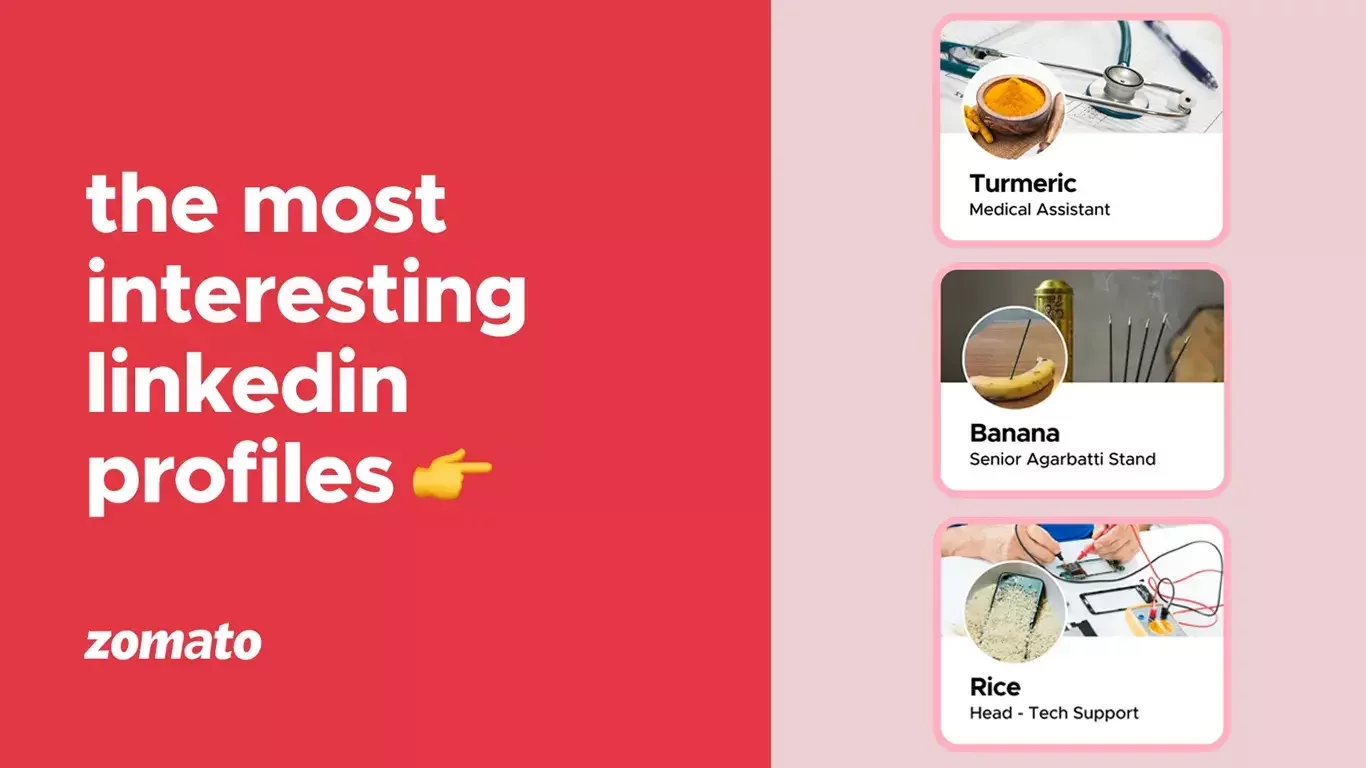
3. Platform-Integrated Campaigns
They are custom-made campaigns that fit seamlessly with the features, behavior patterns, and culture of each platform. The goal is not only to boost brand awareness but also to increase user involvement through co-creation and interaction. The user doesn’t just see the campaign; they experience it, respond to it, or even help shape it.
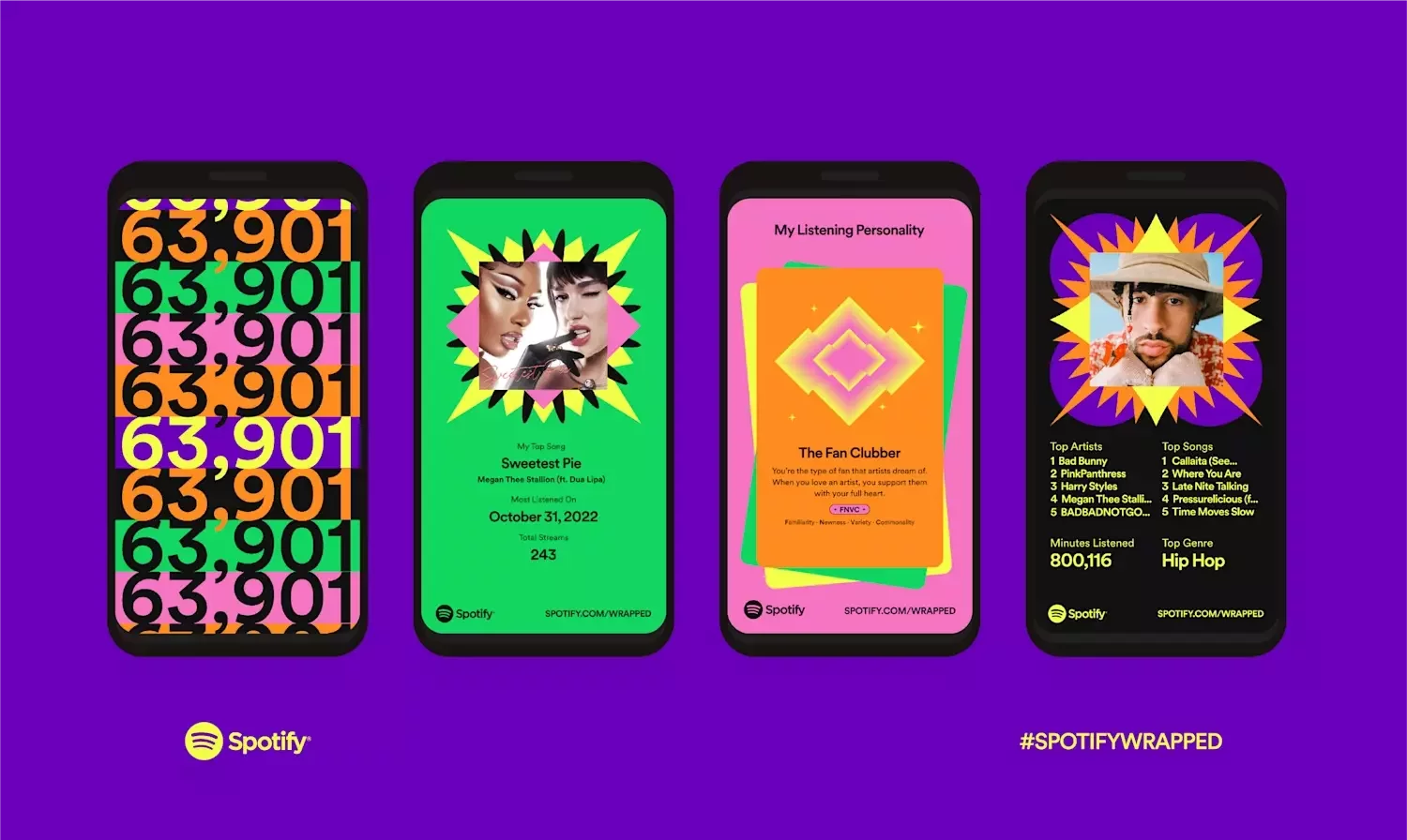
4. Collaboration-Based Campaigns
When two worlds collide and do it strategically, audiences multiply. The first billboard showed up in Los Angeles in early 2023. It featured a bright pink tagline "She’s everything. He’s just Ken." Within weeks, the world was in fuchsia. This was not just a movie campaign; it was Mattel’s bold plan to change Barbie from a toy to living momentum that created nostalgia.
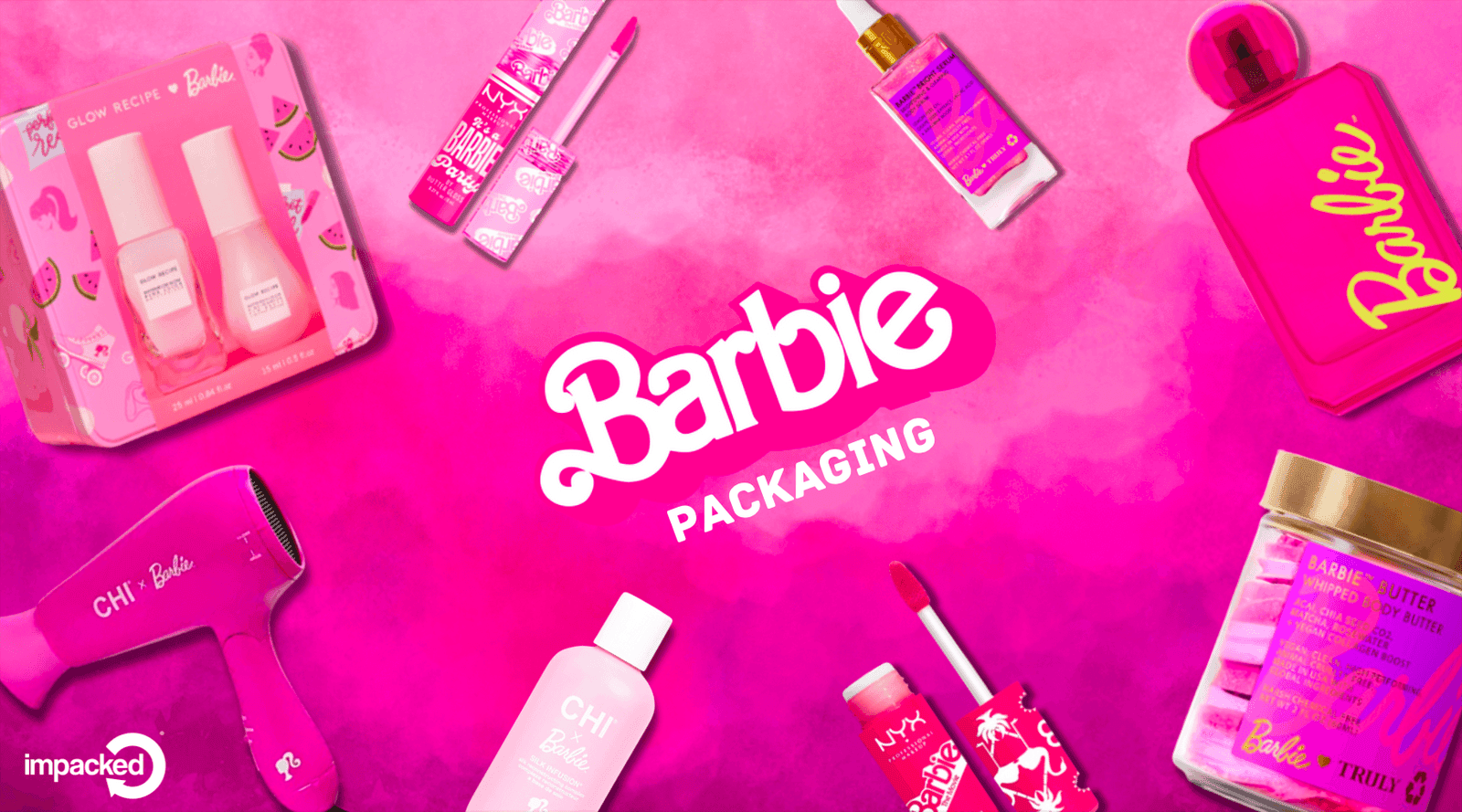
5. Emotional storytelling campaigns
The best campaigns don’t shout about its features; they convey feelings. Those feelings can resonate for years. While product details may fade, emotional impressions last. These campaigns skip over logic and reach the heart. They use nostalgia, empathy, or shared identity to create connections stronger than any discount.

6. Disruptive guerrilla campaigns
Disruptive guerrilla campaigns do more than just seek attention; they take it by breaking patterns, invading unexpected spaces, and using surprise. These are experiential landmines that aim to disrupt automatic behavior and provoke genuine emotional reactions, whether it’s awe, laughter, or shock.
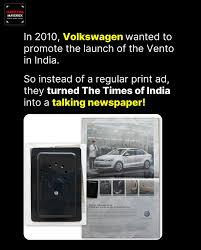
The Pillars of a Successful Campaign
a. Audience Psychology & Persona Mapping
b. One powerful central idea
A campaign's main idea should be simple enough to become a meme. Barbie's "You can be anything" wasn't just a slogan; it was a cultural statement. It connected over 165 brand collaborations, from pink Xbox consoles to Burger King's Barbie burger, all under one idea.
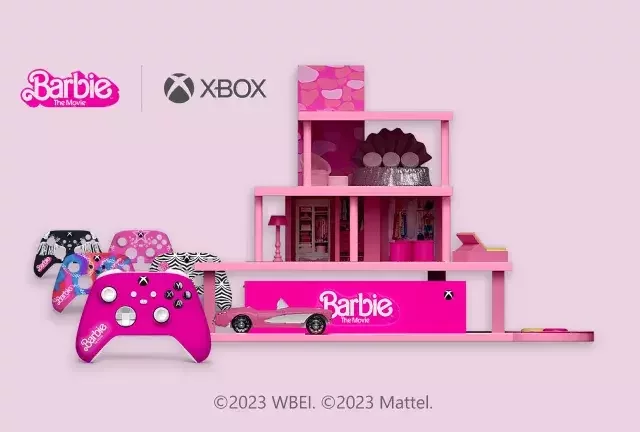
c. Timing & relevance
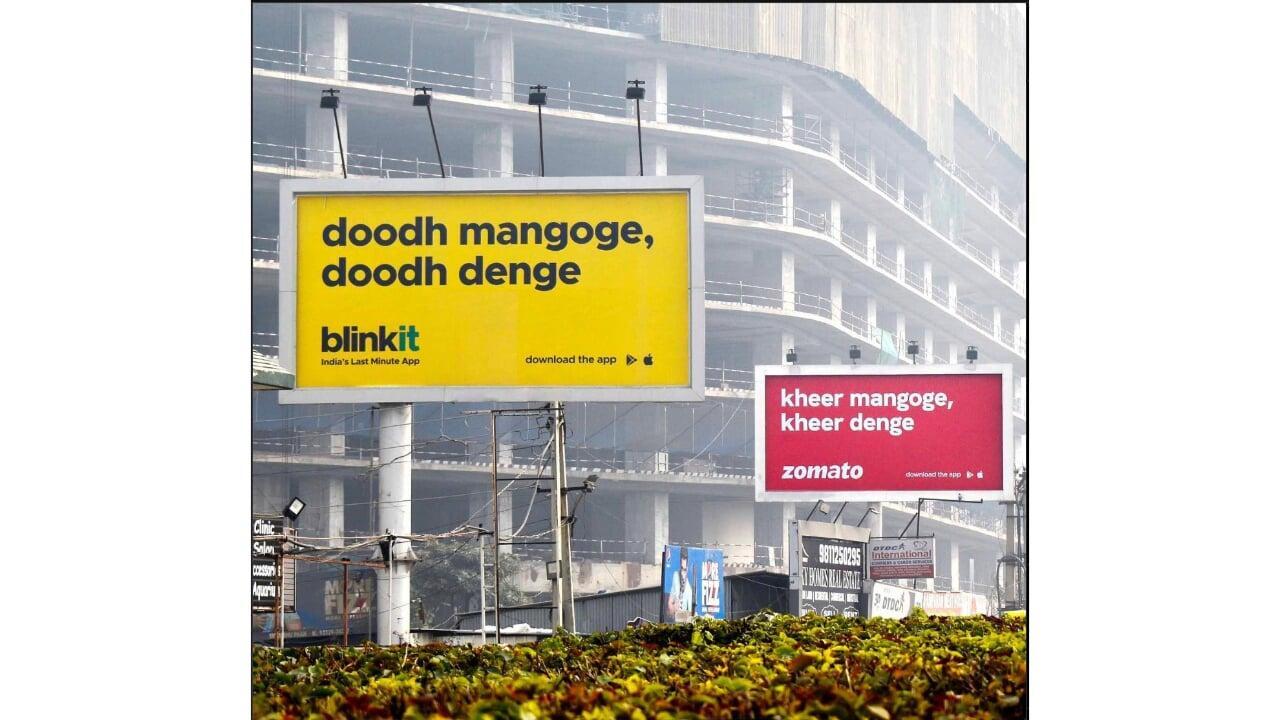
d. Creativity + executional excellence
e. Multichannel presence
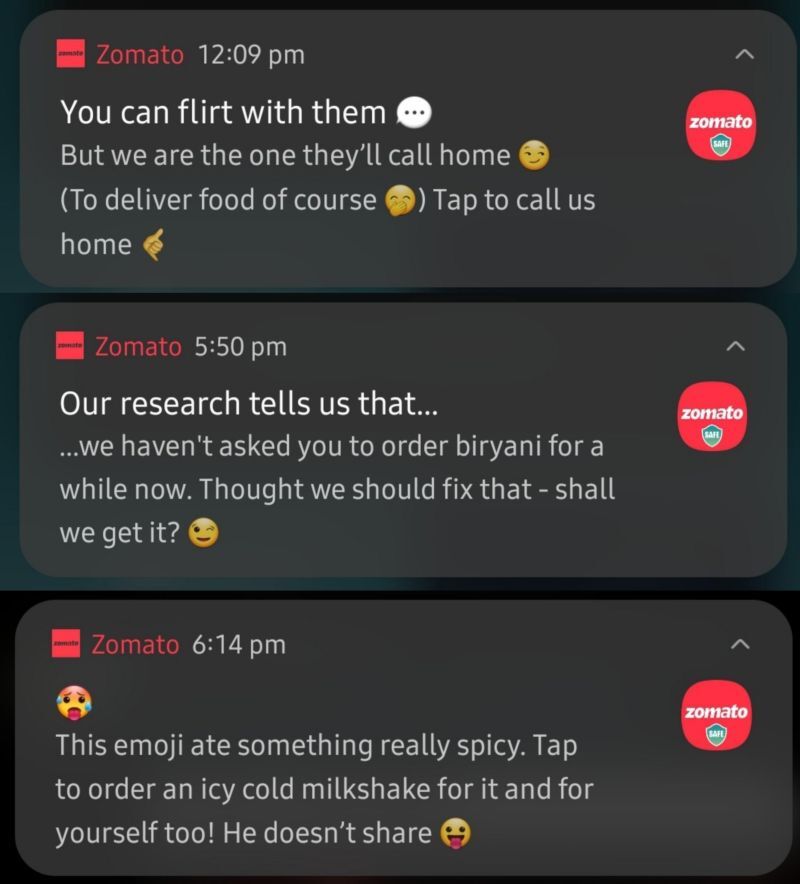
f. Virality & community participation
When great ideas flop
When great ideas fail, it's often not because of a lack of creativity, but rather a lack of cultural awareness. The Pepsi x Kendall Jenner ad tried to capture the spirit of protest movements but ended up making light of serious social justice issues. What was intended to represent unity instead seemed tone-deaf and insincere.
In the same way, Burger King’s “Women belong in the kitchen” tweet aimed to spotlight gender inequality in the culinary world, but its shocking opening backfired. Rather than starting a conversation about female representation, it drew widespread criticism for reinforcing sexist stereotypes. These examples show us that without cultural sensitivity, even the smartest campaigns can quickly become public relations disasters.
1. Pepsi x Kendall Jenner (2017)
2. Burger King’s “Women belong in the kitchen” Tweet (2021)
Wanna run a super successful campaign with accurate data on your customer patterns and reach them through the right channels? You need Zoho CRM to do the heavylifting for you, so you can focus on what makes your audience tick.
Let us set up Zoho CRM for you, in exactly the way you'd plan, execute and monitor your campaign. Our seasoned developers have designed the tech stack for countless teams and have fueled multiple growth campaigns. Let us set up yours today!

